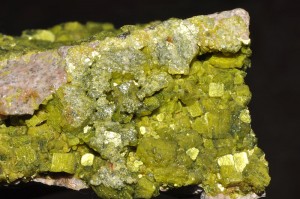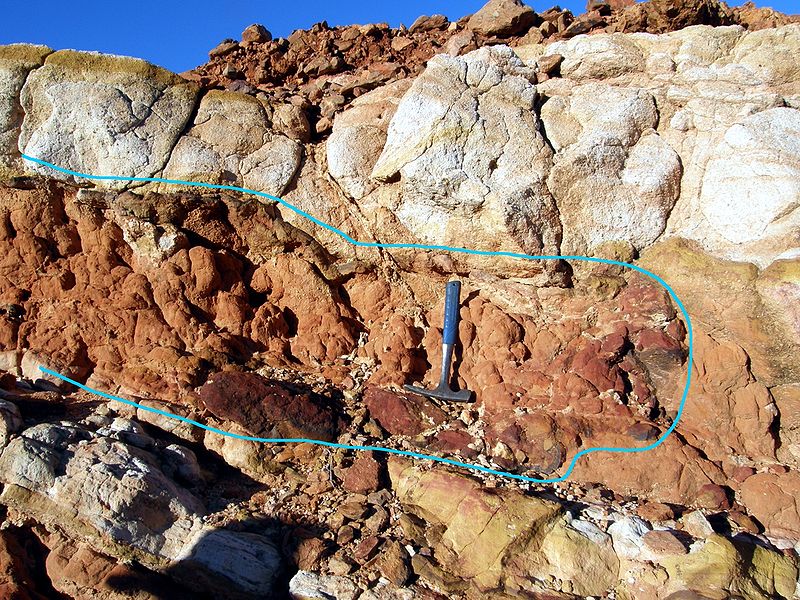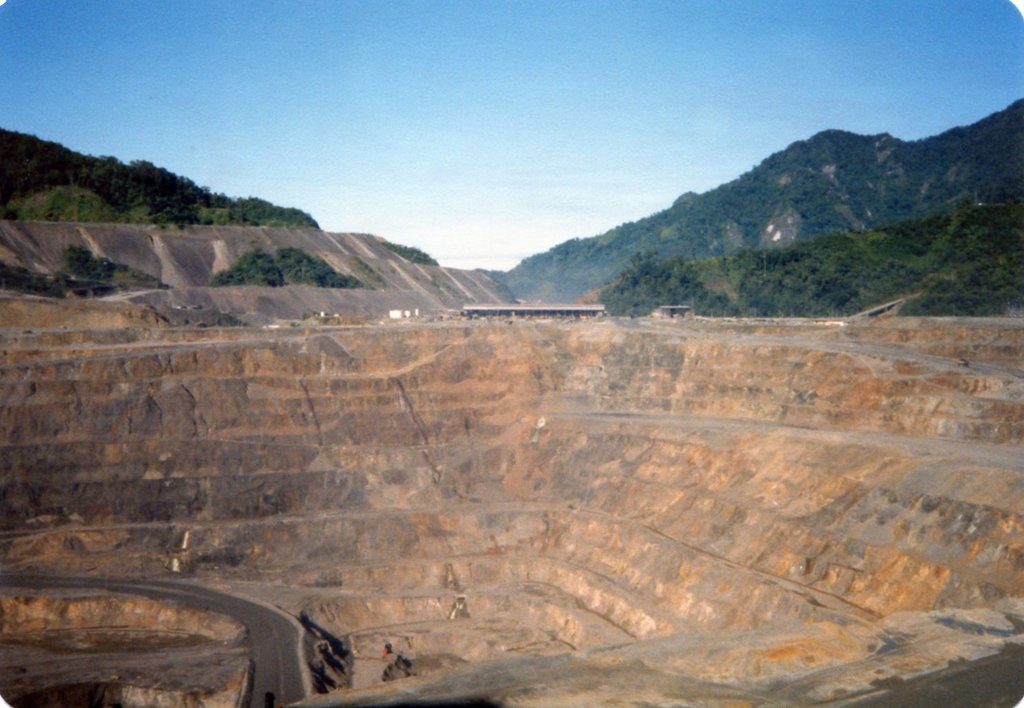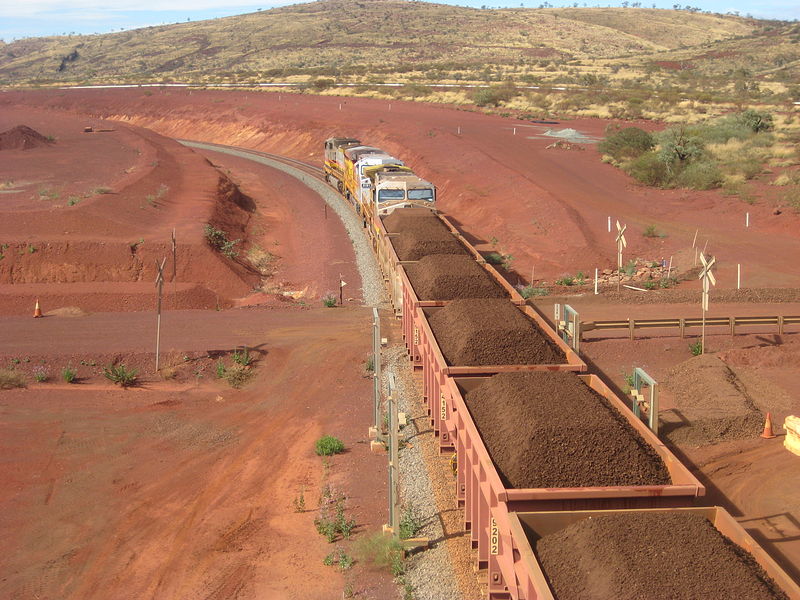As reserves of fossil fuels decrease and concerns over CO2 emissions grow, it is likely that nuclear power will take on a greater role in providing our world’s ever increasing need for power. As uranium prices increase and so too does exploration and production. Familiarizing yourself with the main types, and most prospective, of uranium deposits will allow you to make the right decisions when investing in uranium prospects.
Although there are between 12 and 15 different types of uranium deposits, the majority of economic uranium deposits come from just two types:
- unconformity-related deposits
- sandstone uranium deposits.
Unconformity-related deposits account for around one-third of the world’s uranium production, while sandstone uranium deposits account for another third. The remaining third of production comes from a variety of the remaining 10 or so deposit types.
The Athabasca basin deposits grade about 2% U, with exceptionally high-grade areas such as Cigar Lake (almost 20% uranium). The Australian Kombolgie basin average grade is lower at 0.4%.
Ore Minerals

The most common uranium mineral is uraninite or pitchblende. There are a range of other uranium minerals including carnotite, branmerite and euxenite. Uranium is reactive and forms a large number of colourful secondary minerals including autunite (with calcium), saleeite (magnesium) and torbernite (copper). Uranium is only weakly radioactive, but is highly soluble, which is used to advantage with some mining methods.
Unconformity-Related Uranium Deposits
An unconformity is a boundary between two rock units that reflects a time gap. Uranium unconformity deposits are generally associated with structures in sedimentary rocks that reflect the erosion surface rocks, and the later deposition of younger sedimentary rocks above. Uranium deposits occur in sedimentary basins deposited on top of very old basement metamorphic rocks. The source of uranium is either from the basin or the basement rocks. Groundwater circulating in the basin results in the concentration and deposition of the mineralisation.

Uranium is highly reactive and will deposit and accumulate in response to the changing chemical environment – particularly when moved from an oxidising environment to a reducing one. As the fluids move through the basin and basement rocks, they convert uranium to a highly oxidised state. Eventually this fluid reaches an area which is less oxidative such as graphitic or volcanic rocks. This causes the oxidized fluid to become reduced and the uranium its carrying will be deposited as either uraninite or coffinite. These deposits can occur in the basin rocks, at the unconformity itself or even lower down in the basement rocks .
The most notable examples of these types of deposits include:
- Canada’s Athabasca basin
- Australia’s Kombolgie basin
- Canada’s Thelon basin
The Athabasca basin deposits grade about 2% U, with exceptionally high-grade areas such as Cigar Lake (almost 20% uranium). The Australian Kombolgie basin average grade is lower at 0.4%.
Unconformity deposits are desirable because of their high grades and because they generally occur at shallow depths, allowing for low-cost mining techniques such as open pit.

Sandstone Uranium Deposits
Sandstone-hosted uranium deposits occur in sandstones that are contained above and below impermeable shale units. The permeable sandstone allows fluids to move freely between the impermeable shale units. Sometimes the sandstone units are associated with concentrations of organic matter, sulphides or hydrocarbons. These impurities create a reducing environment with the circulating uranium-rich fluids, which forms the uranium ore bodies. Uranium mineralization, in the form of uraninite, coffinite and sometimes brannerite, forms along changes in the sandstone chemistry.
These deposits only occur in rocks that are around 400 million years old. These deposits are associated with the Carboniferous Period when the evolution of land plants resulted in large amounts of organic matter (a reducing agent) to be incorporated into sediments. Exploration targets for sandstone uranium deposits therefore focus on appropriated aged formations that are rich in organics and hydrocarbons as well as shale beds. There are three main structures to sandstone-hosted uranium deposits:
- Roll front: deposits are arc-like and crosscut the sandstone bedding
- Tabular: ore bodies occur parallel to the bedding of the sandstone
- Tectonological: occur along fault zones that allow fluid to flow freely.

Sandstone deposits usually have low to medium grades that range from 0.01 – 0.4% uranium. Ore bodies are also only a small to medium size, but since most of these deposits can be mined by in situ leaching, they are highly prospective. This is because the in situ leaching technique can be carried out at low cost
Important Uranium Deposits
The countries with the largest reserves of uranium are Australia (with around a third of the world’s known reserves), Kazakhstan, and Canada. Namibia has recently emerged as another uranium mining hotspot.
Cigar Lake Mine, Athabasca Basin, Saskatchewan, Canada
Cameco’s Cigar Lake Mine is one of the world’s largest uranium mines. As of December 2019, the Cigar Lake deposit had proven and probable mineral reserves estimated at 176.6 million pounds of U3O8 at an average grade of 14.48% (for 553,100 tons) of U3O8.

McArthur River Uranium Mine, Saskatchewan, Canada
Cameco’s McArthur River uranium mine was the world’s largest uranium mine until its closure in 2018. This unconformity style deposit produced 18 million pounds of yellowcake/year. It is now in care and maintenance mode, with the possibility of returning to production in the future.
Companies Mentioned
- Cameco (NYSE:CCJ and TSX:CCO) (website)
Subscribe for Email Updates









